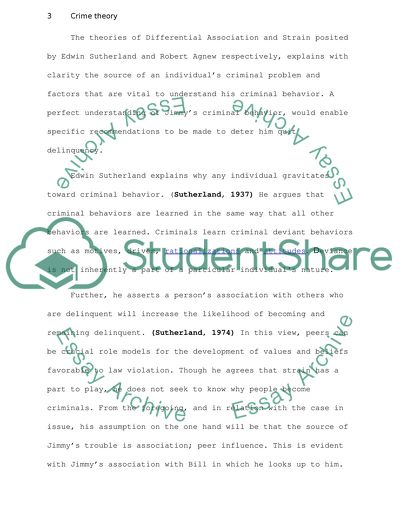Cite this document
(“Crime Theory Essay Example | Topics and Well Written Essays - 2500 words”, n.d.)
Crime Theory Essay Example | Topics and Well Written Essays - 2500 words. Retrieved from https://studentshare.org/psychology/1508717-crime-theory
Crime Theory Essay Example | Topics and Well Written Essays - 2500 words. Retrieved from https://studentshare.org/psychology/1508717-crime-theory
(Crime Theory Essay Example | Topics and Well Written Essays - 2500 Words)
Crime Theory Essay Example | Topics and Well Written Essays - 2500 Words. https://studentshare.org/psychology/1508717-crime-theory.
Crime Theory Essay Example | Topics and Well Written Essays - 2500 Words. https://studentshare.org/psychology/1508717-crime-theory.
“Crime Theory Essay Example | Topics and Well Written Essays - 2500 Words”, n.d. https://studentshare.org/psychology/1508717-crime-theory.


